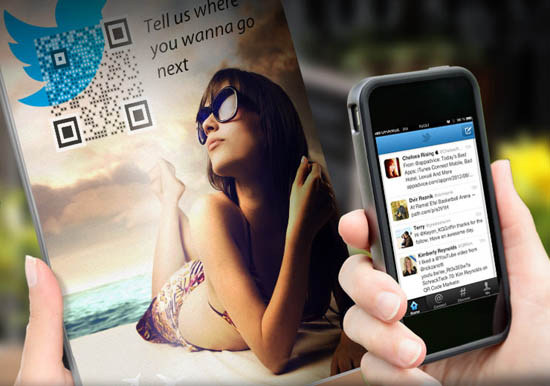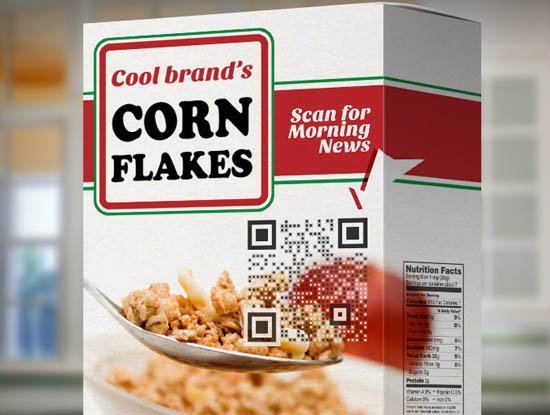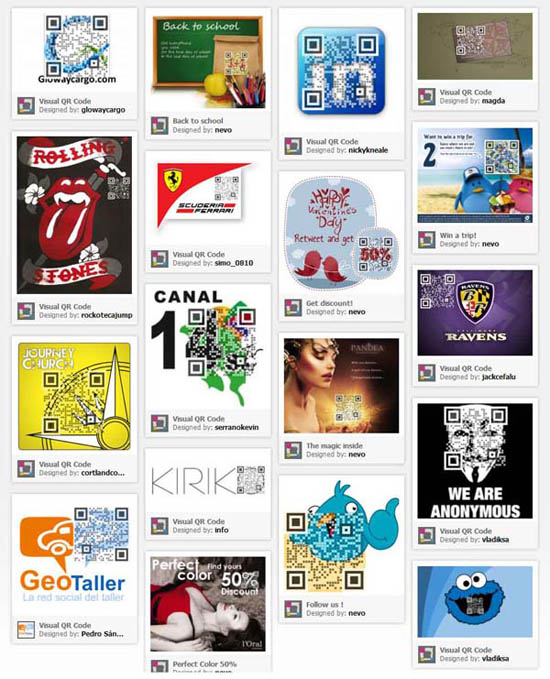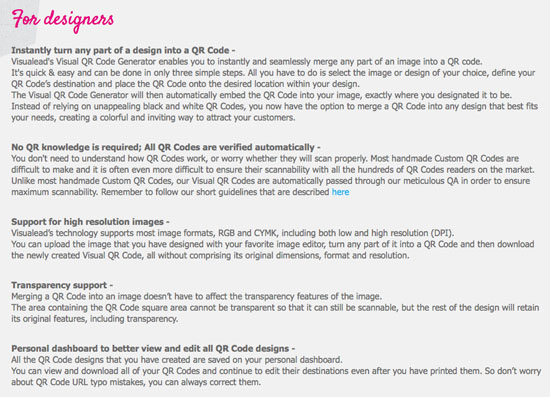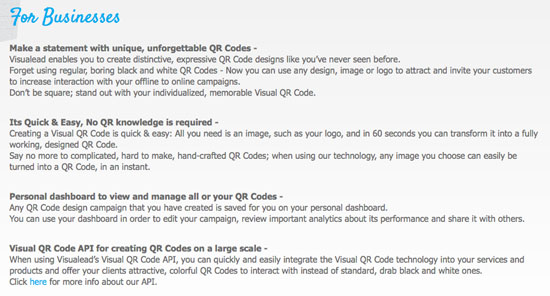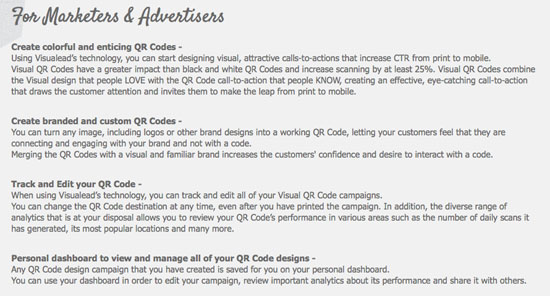Do you really need to be told what a QR code is and what it can do for your business? You see them everywhere from the supermarket to fast food places, in department stores and on most packaging. Not in your cave? Well, let’s bring you up to speed a little. Take a moment to read this article and when you are done saying WOW! come back and we’ll WOW! you some more.
QR codes, those little black and white crossword puzzles have revolutionized digital/mobile marketing and customer engagement. The “Quick Response” by merely scanning a code not only allows the consumer to gain instant information, specials and discounts, videos explaining more about a service or product and access to SMS information may, as some put it, play to the “laziness” of consumers who don’t want to enter in a URL to a browser but, in reality, why not give the consumer the access they want at the speed they desire?
There was one problem with the stark codes, taking up real-estate on a page, poster or package. While it cut down on the information that needed to be put on the printed page or digital space, the transition period of the public learning to scan the codes as a second nature led to design solutions that were brilliant but expensive. Firms started popping up to create incredible QR design solutions that took advantage of the 30% correction rate and the design results were incredible. The average designer, however, couldn’t decipher the codes and design codes while keeping them working.
Hamilton Chan writes, in his article on Mashable:
If you decide to add in a logo to create a 3D feel for your QR code, you need to decide which part of the coding to obstruct with your logo. The key to creating these eye-popping designer codes is to take advantage of the fact that up to 30% of a QR code’s data can be missing or obstructed, and still be scanned. QR codes can be generated with 0%, 10%, 20% or 30% error correction rates built in. Building in the 30% error correction rate adds more noise (extra boxes) within the code, but those extra boxes within the code can then be removed to make way for a logo or other interesting imagery.
If you use a QR code with 0% error correction, the code will look more streamlined, but opportunities to brand the code by adding in a logo are very limited. Removing or obstructing a single box within a 0% error QR code could render it unscannable.
Including a passage from a code programmer on how to identify which squares can be replaced will just make your eyes glaze over within the first three words and you’ll try to read the first sentence over and over in an attempt to understand what is being said.
Mr. Chan suggests trial and error when designing a QR code, but many QR designers don’t agree, claiming you need to understand each square and what it does to link the code to a specific function and/or URL. Even in his suggestion, Chan admits:
Be sure to test your code’s scannability with multiple QR readers, ideally three or four. Some readers may be able to overcome some stylistic elements of your designer code, whereas others will not. Deploying your code without testing for scannability is designer malpractice and can cause serious heartache with clients. It is true that even with reasonable precautions, designer codes may still be difficult to scan, so you must always weigh the costs of scanning difficulty against the benefits of designing a code that is eye-catching. If a designer code takes more than a few seconds to scan, it probably needs to be redesigned.
This isn’t a good way to proceed and certainly not time efficient for a designer working on a deadline and not wanting to risk a client relationship with scanning problems that may pop up.
Visualead.com, a new QR code generator site, after a short beta stage, creating more than 20,000 Visual QR Codes that have been scanned over 175,000 times, has officially launched giving users the ability to create a designed QR code in just a few clicks. The response from designers and businesses has been overwhelming (33,986 QR code designs with 343,724 scans). Watch their promotional video on how it’s done.
The ability to create a QR code embedded into a logo and other marketing material is time and cost efficient. Certainly a boon to any marketing/design project and the codes created are guaranteed 100% scannable.
“We are extremely excited to be launching our unique Visual QR Code Generator,†says Nevo Alva, CEO and co-founder of Visualead. “Our objective is to make QR codes more visually appealing to customers and valuable for brands. With our patent-pending technology, QR codes become integrated, story-telling tags that can be placed anywhere on an advertisement so customers know what they are getting when they scan. We combine the visual images people love with the familiar QR code technology they know.â€
For designers, it’s now easy to include the added value of QR code embedding into logo design projects. For businesses, it’s cost efficient to build QR code generation into design project budgets. Certainly a win-win for everybody… especially the end user, which is the consumer.
Suggested reading:
What is a QR Code and Why Do You Need One?
How QR Codes Can Grow Your Business
What Business Card? Just Scan My QR Code
30 Creative QR Code Business Cards
Add QR Codes When You Have Your Logo or Collateral Material Designed
